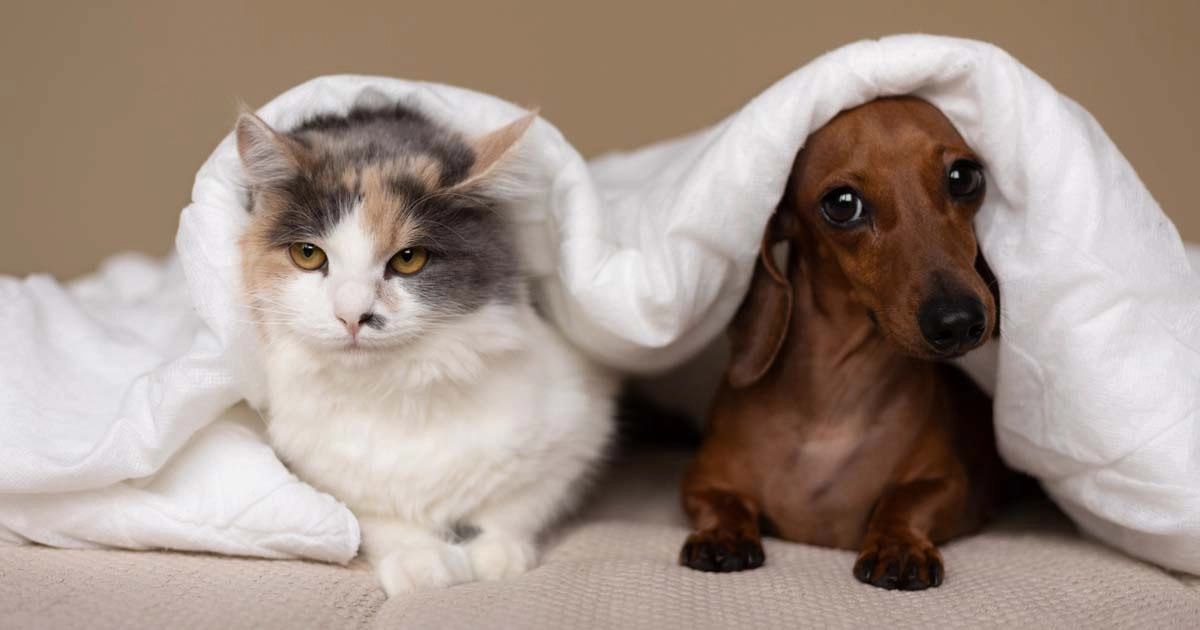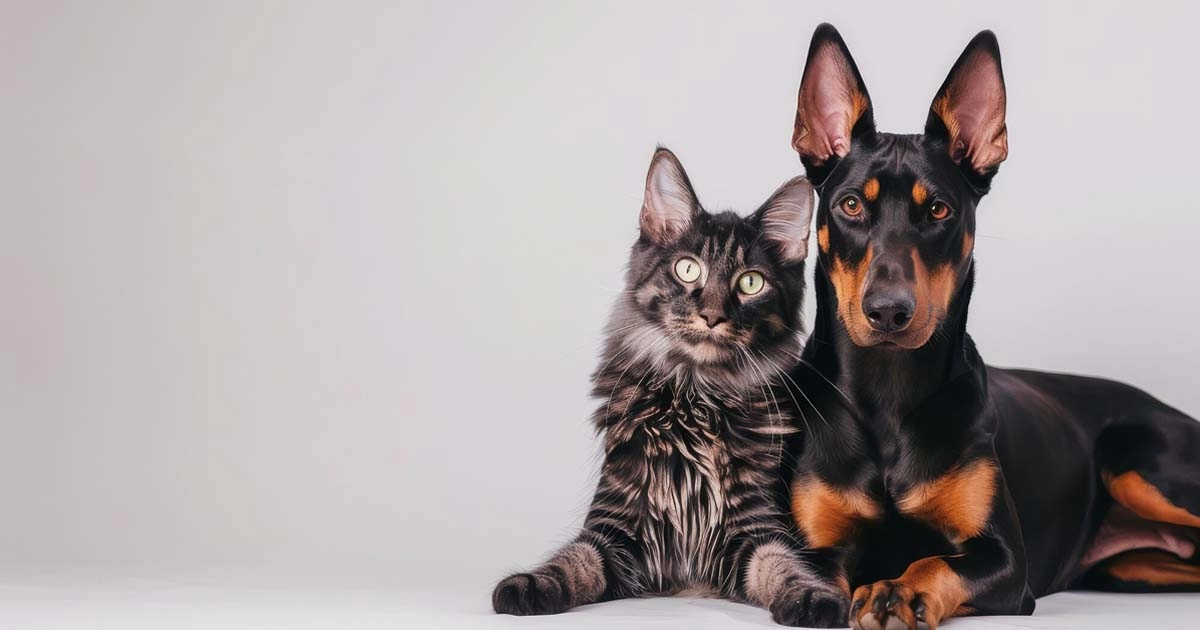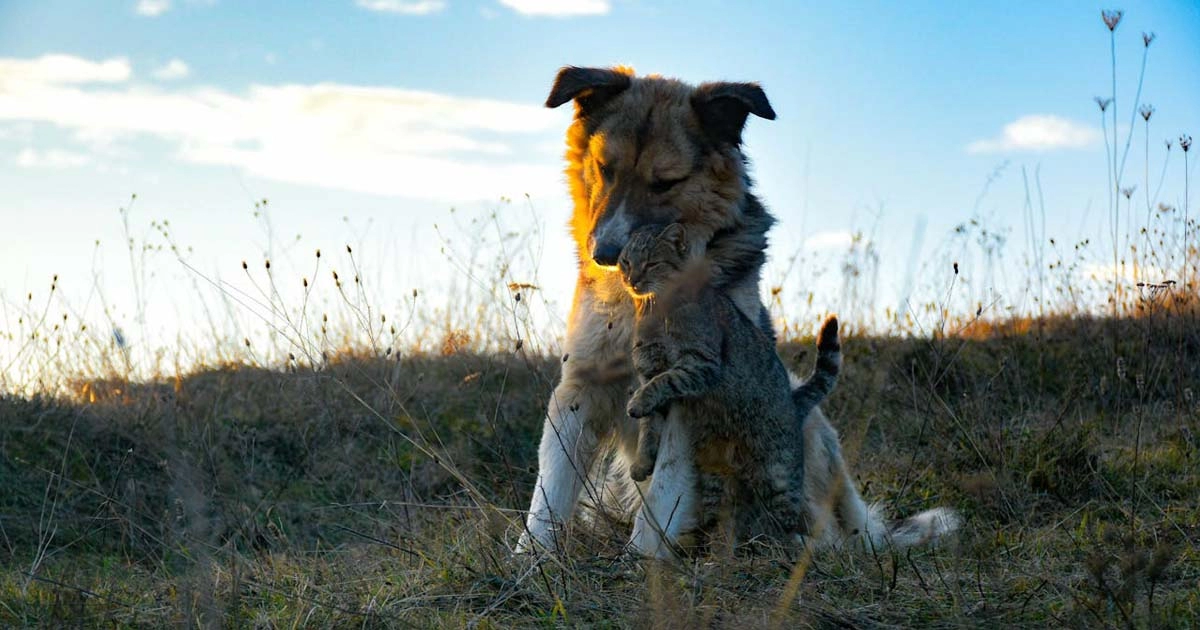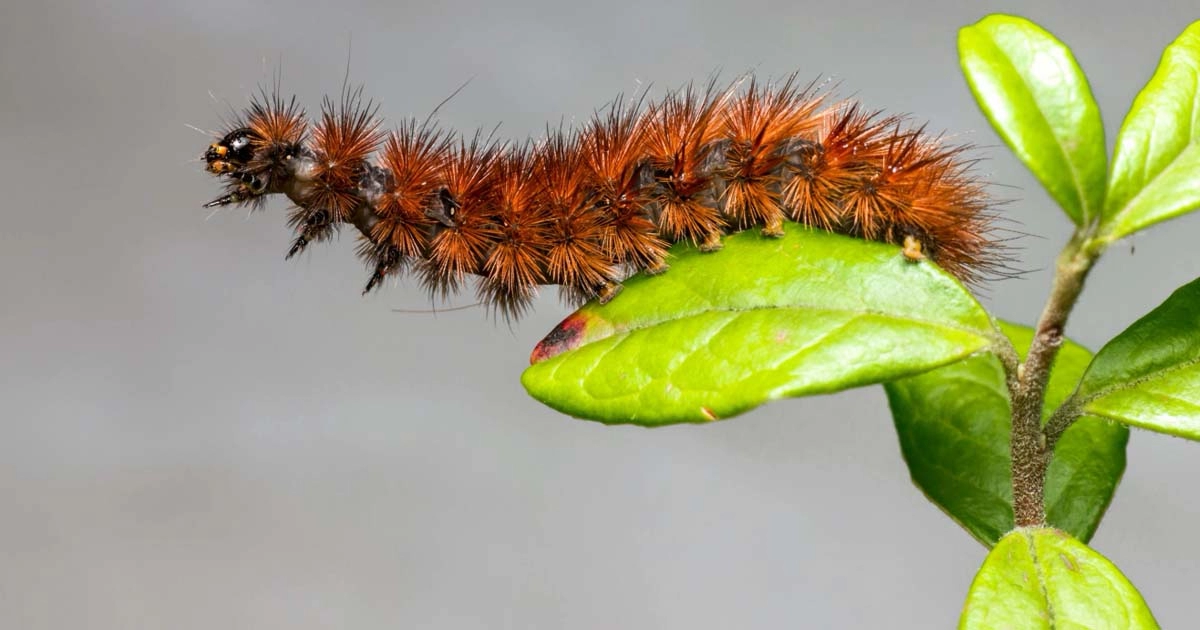Toxic houseplants: Keeping your pets safe from harmful greens

General
14/10/2024
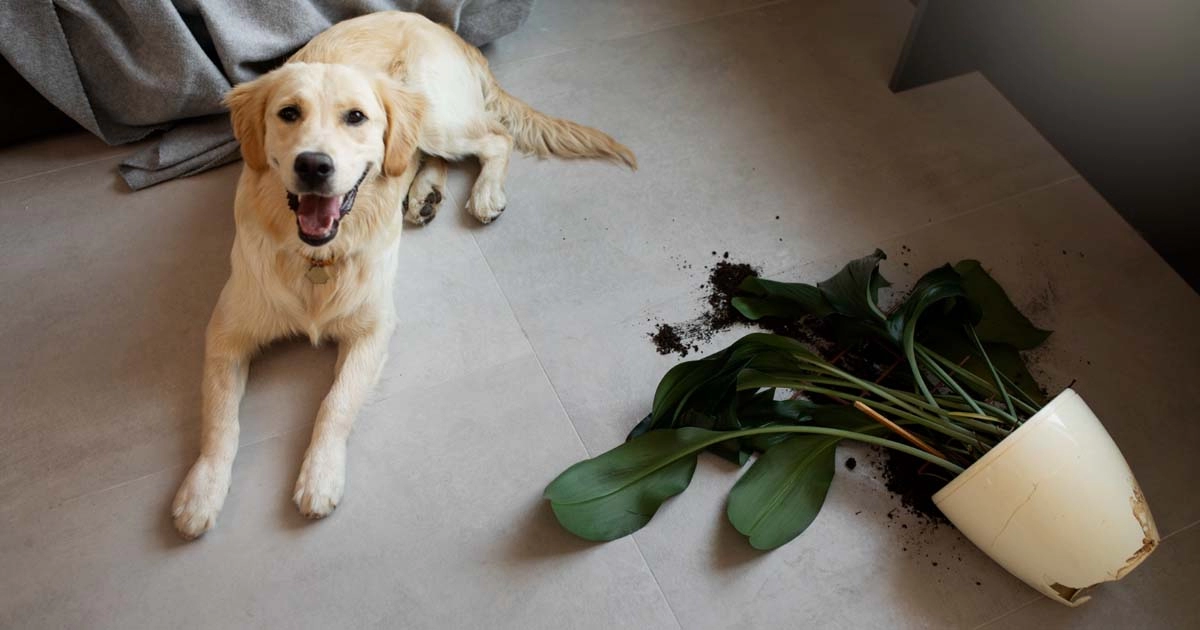
We recognise that houseplants bring life and color into our homes but some of them represent a danger to our pets. It is useful to know which of the ordinary houseplants are toxic for cats and dogs, since they are naturally curious creatures and often nibble on plants. The following is a guide of Mybestie.gr through potentially the most dangerous plants and how they could affect your pets.
Table of contents
1. Lilies (Lilium species)
Toxic to cats
Lilies are beautiful, but extremely toxic to cats. Even a little ingestion, including pollen or water from a vase containing lilies, can induce kidney failure in them. Symptoms of lily poisoning include vomiting, lethargy, and loss of appetite, which can occur within hours of ingestion. The condition is likely to worsen into life-threatening without immediate veterinary attention.
2. Aloe Vera (Aloe barbadensis)
Toxic to dogs and cats
Aloe Vera is divine for humans, but toxic for your dogs and cats. If ingested, your pets may show some symptoms like vomiting, diarrhea, lethargy, and even tremors. Although it is not deadly, merely keeping Aloe Vera out of reach will save your pets from certain unpleasantness.
3. Sago Palm
Toxic to dogs and cats
Sago Palm is often used as an ornamental plant but is extremely toxic to pets. All parts of this plant are toxic, though the seeds are the most dangerous. Ingestion of this plant causes severe liver failure in your pet. Signs may include vomiting, diarrhea, lethargy, seizure, and in worse scenarios, liver failure. If you suspect your pet has ingested this plant, immediate veterinary attention is required.
4. Pothos (Epipremnum aureum)
Toxic to dogs and cats
Pothos plants are low maintenance and thereby are seen in every other home and office space. But they contain calcium oxalates that cause irritation and swelling in the mouth, tongue, and throat of a pet. They exhibit excessive salivation, vomiting, or difficulty swallowing when the pet chews on this plant.
5. English Ivy (Hedera helix)
Toxic to dogs and cats
English Ivy is a very lovely plant that could cascade down a beautiful shelf or hanging pot, but it is toxic to both dogs and cats if ingested. Symptoms include vomiting, abdominal pain, excessive drooling, and diarrhea. The sap of this plant can also cause skin irritation if pets have direct contact with it.
6. Peace Lily (Spathiphyllum)
Toxic to dogs and cats
Peace Lilies are a common house plant because they help purify the air. Unfortunately, they contain calcium oxalate crystals which make them toxic to cats and dogs. When chewed this plant can cause oral irritation, drooling, vomiting, and difficulty swallowing. Though the Peace Lily is less toxic than true lilies, it presents a risk especially to cats.
7. Snake Plant (Sansevieria trifasciata)
Toxic to dogs and cats
The Snake Plant is an ornamental and relatively hardy plant that has gained acceptance as an indoor plant. However, it is toxic for both cats and dogs in the event of accidental ingestion. This may cause nausea, vomiting, and diarrhea in cats and dogs at times. Though the general toxicity is slight, care should be taken to place the plant out of reach of pets.
8. Dieffenbachia (Dumb Cane)
Toxic to dogs and cats
Dieffenbachia, or Dumb Cane, contains insoluble calcium oxalate crystals. Chewing the plant by pets can cause mouth and throat irritation with resultant drooling, vomiting, and difficulty breathing, with possible subsequent swelling of the mouth, tongue, and lips.
9. Oleander - Nerium oleander
Toxic to dogs and cats
Oleander is an outdoor plant but is often taken indoors in pots. Every part of this plant is extremely toxic to pets, and even small amounts can cause death. Ingestion causes severe heart problems, vomiting, diarrhea, and possible death. If your pet consumes any part of this plant, immediate veterinary treatment is required.
10. Jade Plant (Crassula ovata)
Toxic to dogs and cats
Jade Plants, also at times referred to as rubber plants, are very common in households but are toxic to your pets. It causes vomiting, lethargy, and at times incoordination when ingested. Though the symptoms are relatively mild, it is always best to prevent having this plant in homes with pets.
Keeping your pets safe
Knowing which plants are toxic to your pets will better help you in trying to create a nontoxic home environment for your pets. Here are a few ways to protect your pets:
- Research before purchase: Always check to see if a plant is toxic to your pet before adding it to your home.
- Place plants out of reach: Keep toxic plants on high shelves or in rooms that pets do not have access to.
- Instead, adopt pet-friendly applications: You can use nontoxic plants like spider plants, Boston ferns, and African violets to beautify your interior spaces.
- Observe your pet's behavior: If your pet is acting poisoned, vomiting, or lethargic, or acting strangely, immediately contact your veterinarian.
With a little knowledge and caution, you can enjoy the aesthetic appeal of houseplants without endangering your furry friend.
